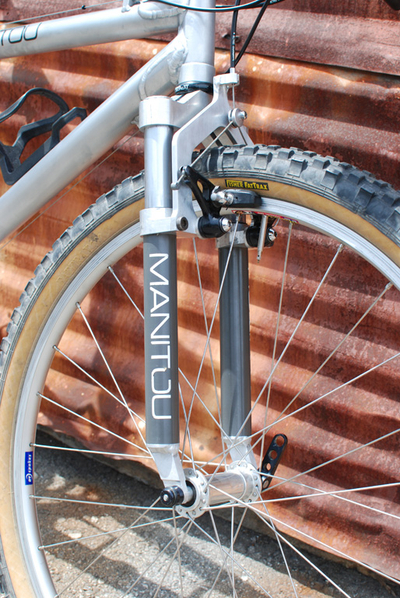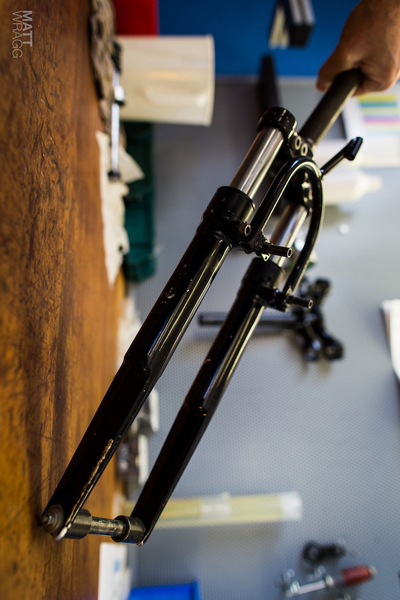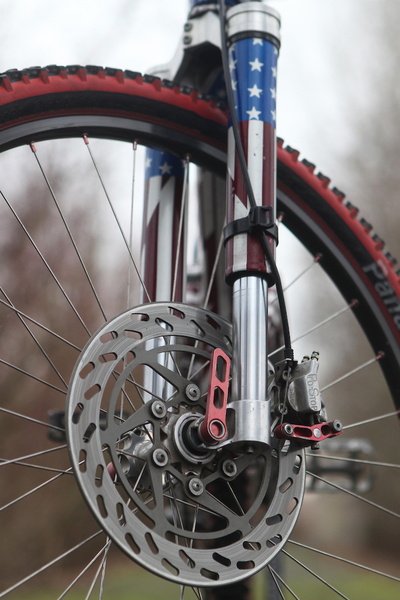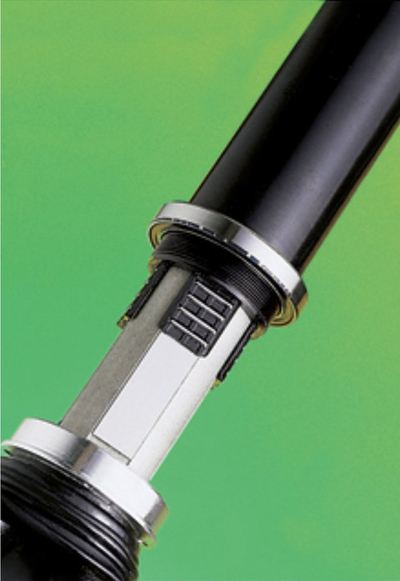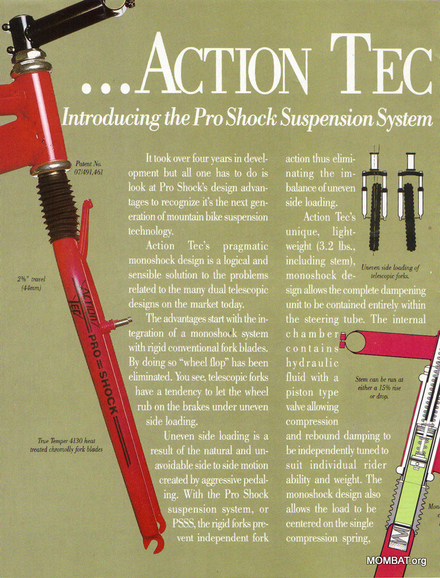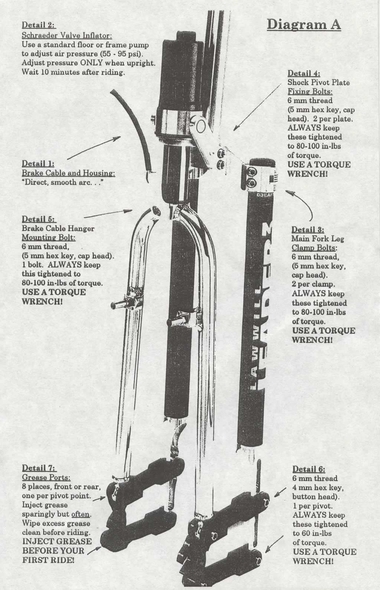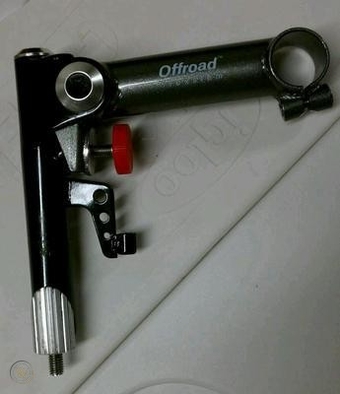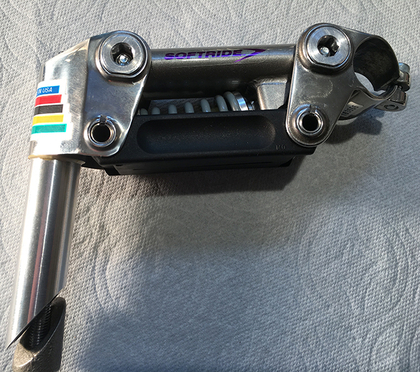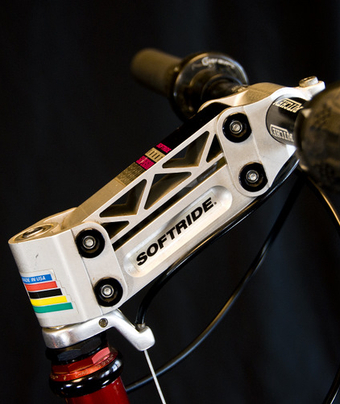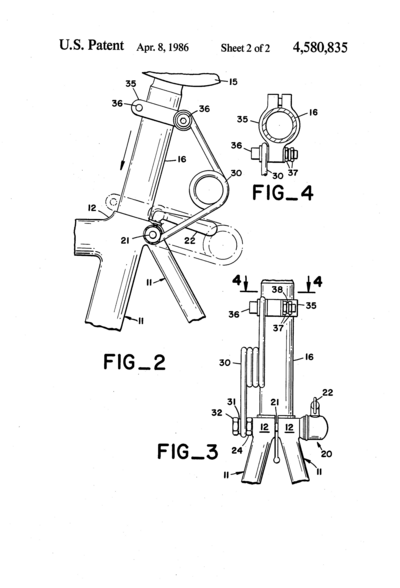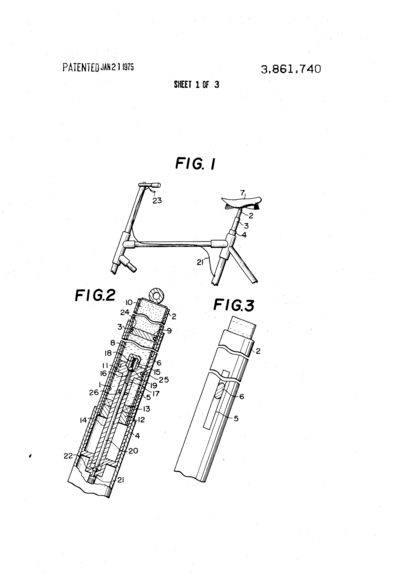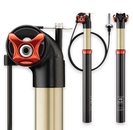This is an old revision of the document!
Table of Contents
Mountain Bike Technology
Mountain bikes, with their new and demanding requirements, have driven much bicycling innovation. Or have they? As with most invention, it's not so much novel inventions but combinations of existing solutions and being first to market. The following will show the first use of new mountain biking tech and their origins.

1891 Velocipede
bikeradar
Trailing link suspension front, Linkage driven low single pivot rear suspension. How modern is that?
Disc Brakes
Shimano introduced mass produced, cheap, disc brakes in 1972 with the Shimano B 700, followed a year later, in 1973, with the hydraulic B900 - and then many other manufacturers jumped on board. Unfortunately, they were usually placed with low end, department store bikes, and hence never rose above obscurity and respectability.
Mountain Cross Racing were far ahead of the curve in using the best technology for their downhill machines.
The example below was made by Victor Vincente of America with Brian Skinner in 1983. Later MCRs lost weight, became refined and successful at winning downhill races. Despite their success on the race course, few were Descenders made.
Despite MCR's limited early success, it would be another six years before Mountain Cycle made the first mountain bike specific disc brakes in 1989. Other mountain disc brake makers soon followed:
- 1991 : Hope
- 1993 : Formula - fully hydraulic
- 1995 : Amp Research
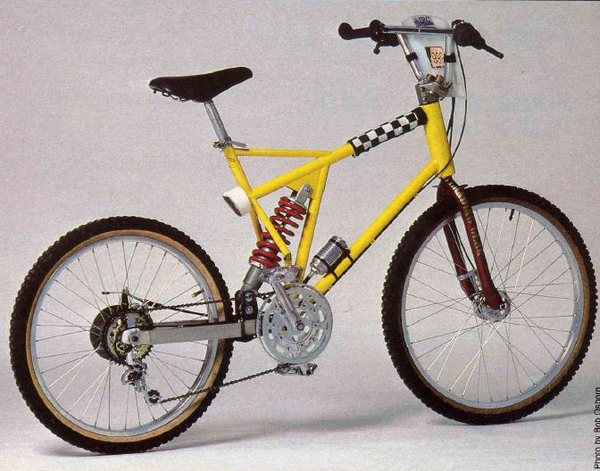
1983 MCR Skinner Descender
mombat
Rear disc brakes only, with cantilever fronts.

1980 Phil Wood Disc Brakes
bikeforums
Disc brake overkill for a mountain bike - but they sure look like they work!1)
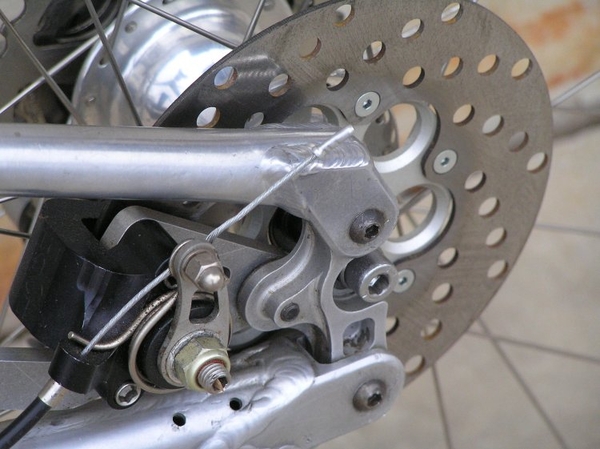
1991 Hope Disc Brakes
mombat
Disc brakes from a full-suspension 1991 Fisher RS-12)
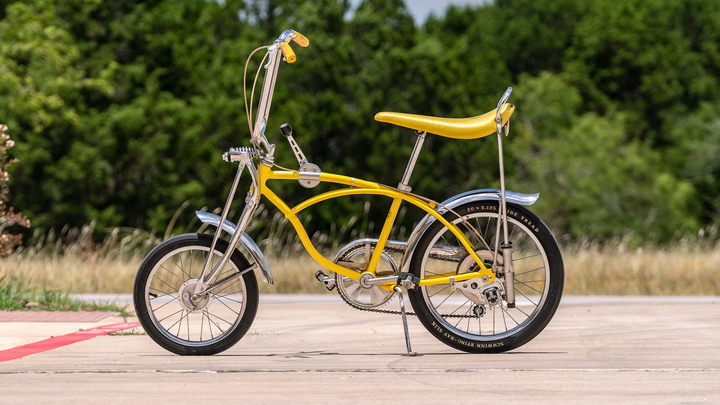
1973 Schwinn Lemon Peeler
mecum
Five speed stick shift, front suspension and Schwinn rear disc brakes.
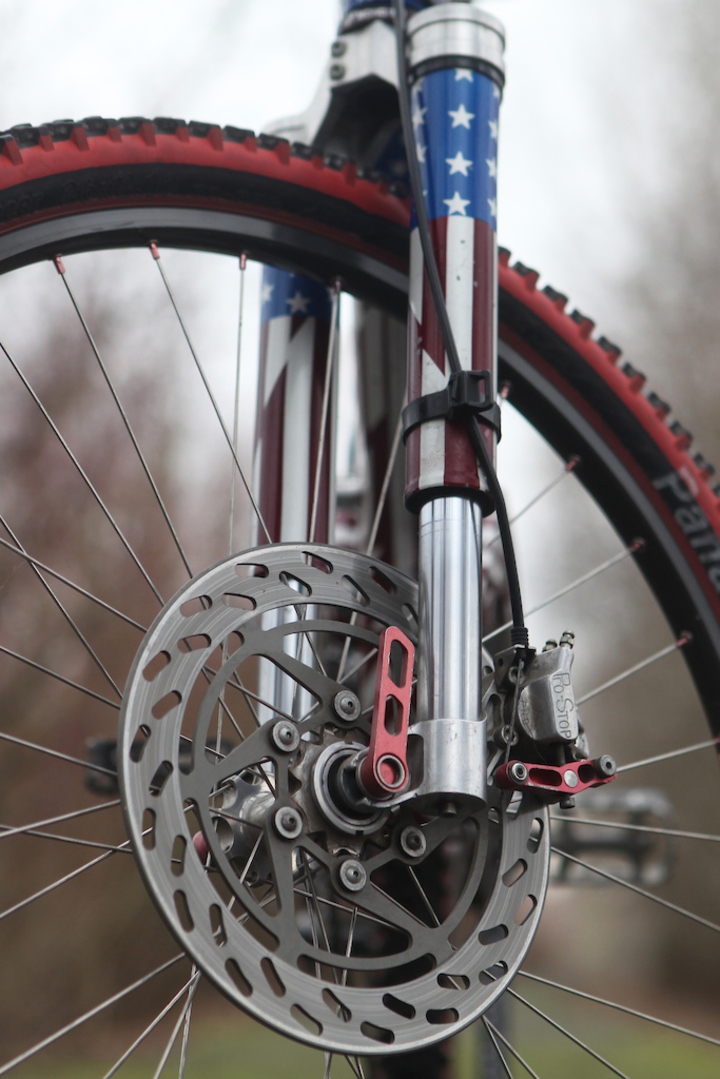
1991 Mountain Cycle Pro Stop
pinkbike
In 1989, Mountain Cycle made perhaps the first disc brakes specific to mountain biking: the Pro-Stop cable actuated hydraulic disc brakes mated to their Suspenders inverted fork.

1993 Formula Standard
rideformula
The first fully hydraulic mountain bike disc brakes.
Front Shock Absorbers
Suspension, which has been fitted to velocipedes since at least 1891, needs shock absorbers to dampen the recoil or it risks turning the bicycle into a pogo stick. Mountain bikes initially borrowed suspension inspiration and hardware from motorcycles.
The trick was to make something light weight which could handle going down Repack, or more pertinently for 1988, the Mammoth Mountain Kamikaze Downhill.
The first mountain bike suspension fork was made by RockShox, designed by Keith Bontrager and Paul Turner. A non-working concept fork was mated to a fully carbon, rear suspended Kestrel Nitro and shown at the January 1988 Long Beach bike show. Unfortunately, the Nitro was just a prototype and Kestrel wouldn't release a fully suspended mountain bike until 1995. 3) RockShox would go on to great success, selling $100M annually by 1996. 4)5)
After the debut of RockShox all makers of motorcycle shocks saw the light and immediately jumped into the market.
1991 saw the introduction of mono-shocks.
- 1992 Canondale HeadShok theoproscloset
- 1991 Action-Tec Pro Shock Aaction-Tec
- 1991 Lawwill Leader vintagesteelrider
Canondale's HeadShok used a single air/oil damper with needle bearings to eliminate twisting. Twisting (and oil leakage) plagued early RockShox RS-1 and Mag-20's, requiring heavy brake braces for stability. The Lawwill Leader linkage design weighed about 3.5 pounds.
And, somehow just before mechanically complicated shocks hit the market, a number of very simple flex stems became available.
- 1988 Offroad Flex Stem worthpoint
- 1989 Softride Suspension System sscycleworks
- 1994 Softride Ahead Stem mombat
| Year | Make/Model | Type | Travel |
|---|---|---|---|
| 1988 | Offroad Flex Stem | stem | 10mm |
| 1989 | Softride Suspension System | stem | 63mm |
| 1989 | Rock Shox RS-1 | fork | 48mm |
| 1990 | Manitou | fork | 38mm |
| 1990 | Mountain Cycle Suspenders | fork | 63mm |
| 1991 | Action-Tec Pro Shock | mono-shock | 44mm |
| 1991 | Lawwill Leader | mono-shock | 63mm |
| 1992 | Canondale Headshok | mono-shock | 50mm |
| 1994 | Softride Ahead Stem | stem | 76mm |
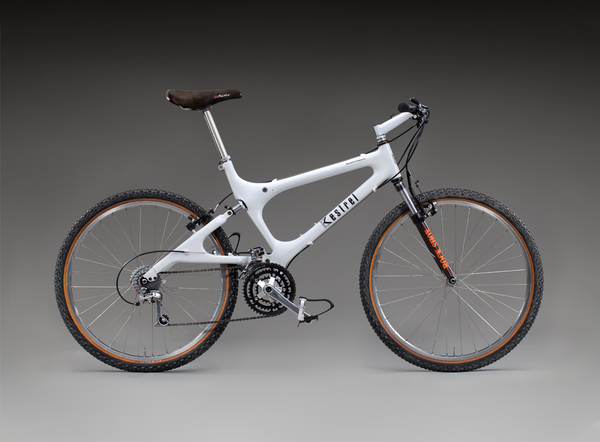
1988 Kestrel Nitro
sfomuseum
The 1988 Kestrel Nitro was ground breaking. The first all-carbon, fully suspended mountain bike frame. Equipped with a prototype RockShox.
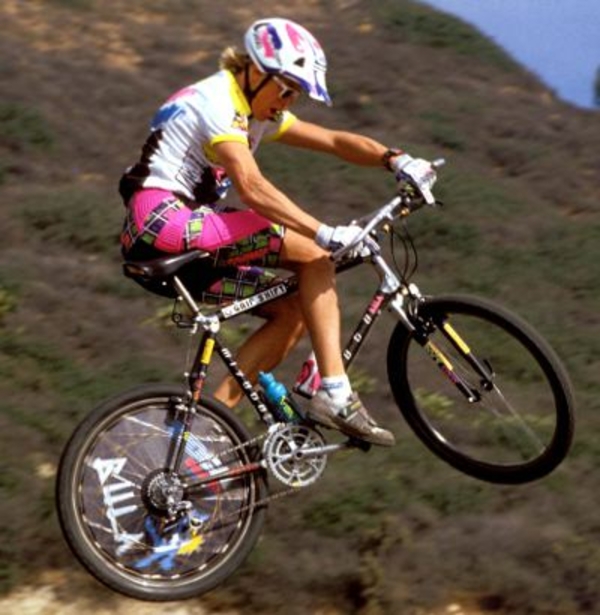
1989 Greg Herbold
issuu
In 1989, Greg won at Mammoth using a prototype RockShox RS-1. RockShox went into production in August 1989.

1990 RS-1 ad, when they first became widely available.
vitalmtb
Rear Shock Absorbers
The 1983 Skinner Descender, pictured in the previous section on disc brakes, used a Honda XR200 Pro-Link shock, which had 16 compression settings and 4 rebound adjustments, which was made for their 220 pound, 30HP “light weight” motocross racing motorcycle. The 1983 bicycle built with those shocks weighed 50 pounds and was lucky to get 1/2 HP powering it. The next thirty years of suspension development has been spent on seeking the sweet spot of where and how to pivot rear suspension to achieve firm pedaling, plush riding, balanced handling - along with being strong, light & cheap.

1980 Bridgestone Radac Fitness SE
bukalapak
Front and rear suspension, with rear elastometer shock absorbers.
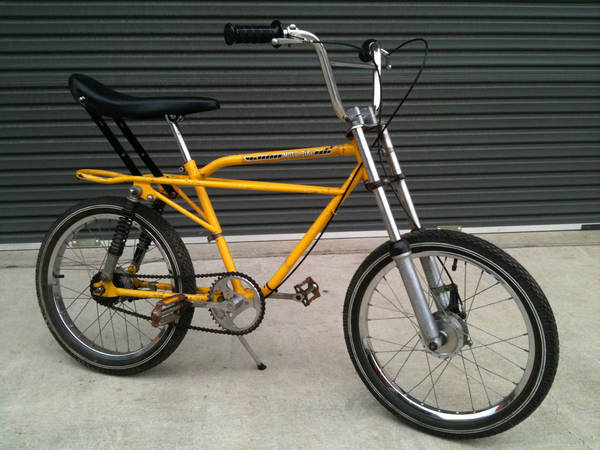
1975 Yamaha Moto-Bike
bmxmuseum
Fully suspended BMX with drum brakes. And those front forks are actually oil dampened shock absorbers! It was achingly close to being a decent downhill bike, but not really.

1984 MCR
smugmug
In 1984, the MCR lost 20 pounds and became the Skinny Descender at 30 pounds. Is that Aluminum?
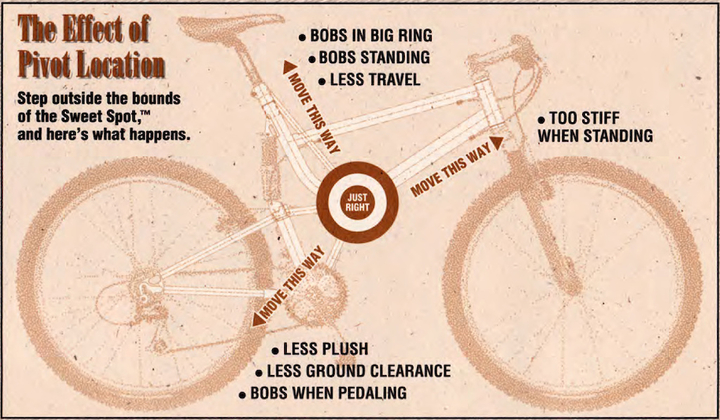
How to find the suspension Sweet Spot
pinkbike
Dropper Posts
A truly and uniquely mountain bike specific invention. The first incarnation, the Hite Rite [1984] from Joe Breeze, usually required you to slow down and fiddle with the steatpost quick release - all without putting a foot on the ground. Soon came remote cable activation for the Hite Rite from
IRD
[1988], and only much later did internal pneumatic dropper posts come to the market.
How did we live without this for so many years?
Who was first? As with most inventions, it's a matter of patents and sales. For example, Kind Shock [1998] developed a prototype post from an office chair pneumatic lift, but waited 12 years to develop it to market.6) So, it doesn't count - but it's very close.
Patents in this case aren't the best indicators of “practical inventions,” as many adjustable height seats were patented but none came to market, or they were excellent ideas which never proved to be practical, either because they couldn't be developed or because they couldn't sell them.
So, first to market and sales wins. Even if they later lose a patent infringement lawsuit.
Gravity Dropper [2003] is acknowledged as the first dropper post and was quickly followed a year or two later by Maverick, RockShox, Crank Bros., etc. Why not Hite Rite? Because it was frustrating to use while moving and would easily get out of adjustment. But it remains a huge innovation from the man who “invented” the first mountain bike eight years prior.
- [1984] Angell & Breeze : Hite Rite google patents
- [1973] Showa Group : google patents
- [1997] R. J. DeFreitas : google patents
- [2005] Maverick Speedball : maverickbike archive
- [2008] Crank Bros. Joplin : pinkbike
- [2010] RockShox Reverb : pinkbike
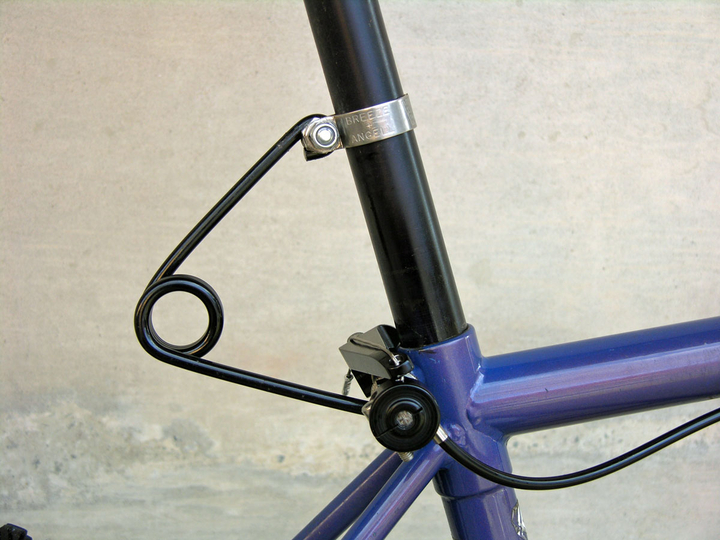
1984 Hite Rite with a 1988 IRD Remote
dirtscrolls
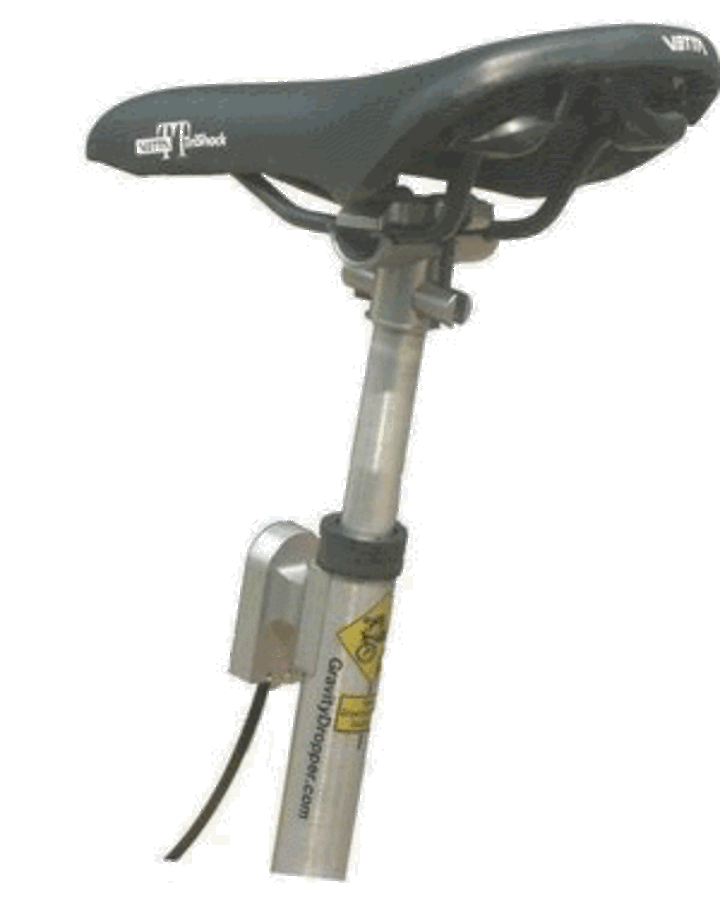
2003 Gravity Dropper
gravitydropper.com (Oct 2003 archive)

2015 Magura Vyron
pinkbike
Electronic dropper post.
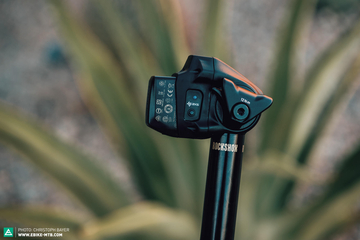

2019 RockShox Reverb AXS
ebike-mtb
Now, with Bluetooth and an IPhone App

